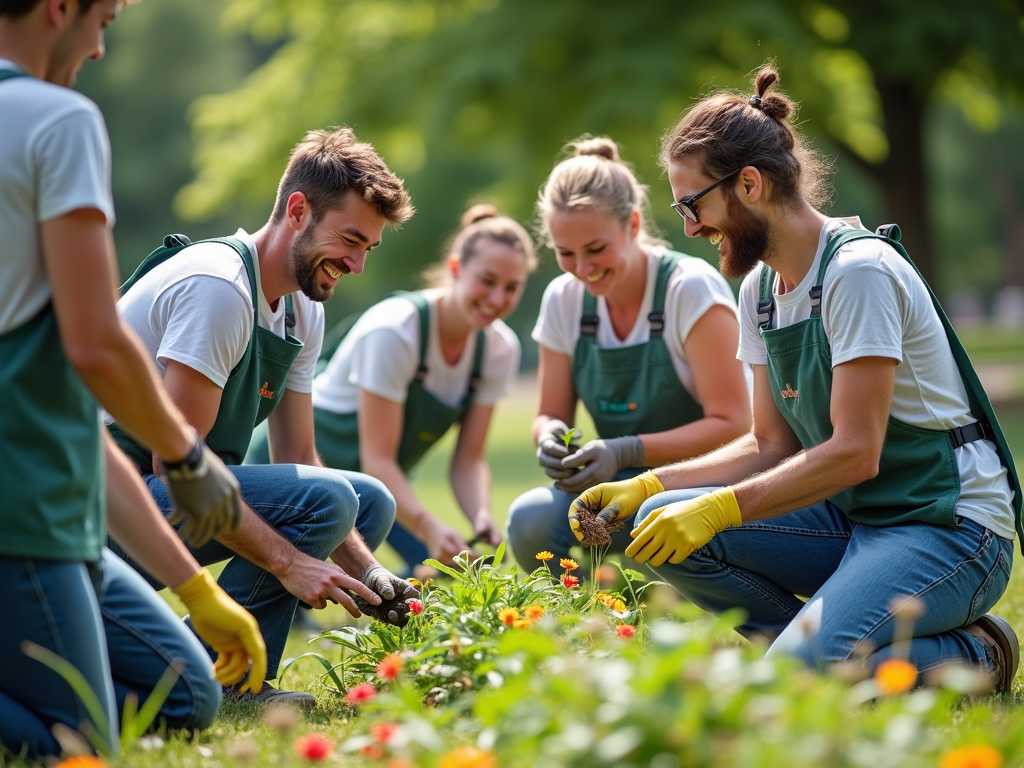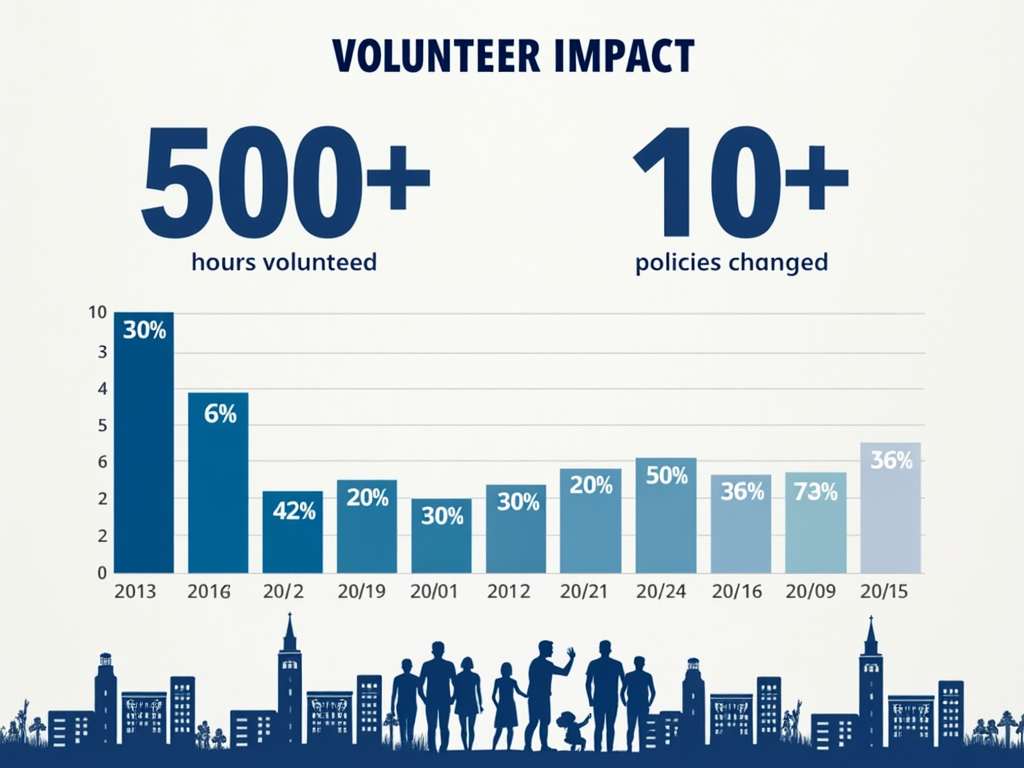Engaging Volunteers for Community Change: Strategies and Best Practices
By , April 17, 2025
Volunteers are the backbone of community change. Their energy and dedication fuel efforts that improve neighborhoods and lives. This article dives into engaging-volunteers-for-community-change, focusing on advocacy roles. We’ll cover strategies for Developing Impactful Volunteer Programs, share best practices in advocacy volunteering, and show how every volunteer can make a difference.

Why Volunteers Matter in Community Change
Volunteers bring unique skills and passion to community projects. Unlike paid staff, they often join because of a personal connection to the cause. This drives their commitment. In advocacy, volunteers amplify local voices. They push for change by influencing leaders and rallying support. To make the most of this, organizations must equip them with tools and clear roles.
Take me, for instance. I once joined a group cleaning up a riverbank. It wasn’t just about picking up trash—it was about showing the city we cared. That effort led to stricter littering laws. Volunteers like us made it happen.

The Power of Advocacy in Volunteering
Direct service—like tutoring or serving meals—matters. But advocacy takes it further. It tackles root causes. Instead of just feeding the hungry, advocacy volunteers might push for better food access policies. A study by the Corporation for National and Community Service found that volunteers who see clear results are 30% more likely to stay involved. Advocacy creates those results.
Think about it: one group feeding 50 people a day helps, but changing a law to fund food programs helps thousands. That’s the advocacy edge.
Developing Impactful Volunteer Programs
Great volunteer programs don’t just happen—they’re built. Here’s how to create ones that work:
- Set Clear Goals: Define what change you want. A goal like 'reduce local waste by 20%' gives focus.
- Recruit Smart: Find people who care and have skills like speaking or organizing.
- Train Well: Teach volunteers how to advocate—think public speaking or policy basics.
- Empower Them: Let volunteers lead tasks. Ownership boosts their drive.
- Celebrate Wins: Share successes to keep everyone motivated.

I’ve seen this work firsthand. A local nonprofit I helped trained us to talk to council members. We went from nervous newbies to confident advocates in weeks. Our program got funding for a youth center because we knew what to say.
Best Practices in Advocacy Volunteering
Advocacy volunteering shines with the right approach. Here are top tips:
- Build Connections: Link with leaders and groups who can amplify your voice.
- Mix Data and Stories: Pair facts (like '15% of kids lack parks') with real stories.
- Stay Honest: Keep your work clear and ethical—credibility is key.
- Team Up: Join forces with others for bigger impact.
The Nonprofit and Voluntary Sector Quarterly notes coalitions double advocacy success rates.
Once, I worked with a team pushing for bike lanes. We used crash stats and a cyclist’s story. The council listened, and now we’ve got safer streets.

Real-World Wins
Here’s proof it works:
- Portland, OR: Volunteers campaigned for a community garden. Petitions and meetings won city approval. Now, 200 families get fresh veggies.
- Raleigh, NC: A volunteer team pushed for mental health funding. Rallies and talks with lawmakers passed a $2M bill in 2022.
These show what engaging-volunteers-for-community-change can do.
I remember a friend who led a petition for a crosswalk near a school. Kids cross safely now because she wouldn’t quit.

Wrapping Up
Engaging volunteers in advocacy isn’t just about tasks—it’s about sparking change. With strong programs and smart practices, every volunteer can shape their community. From small wins to big policies, their work builds a better future. Ready to get started?